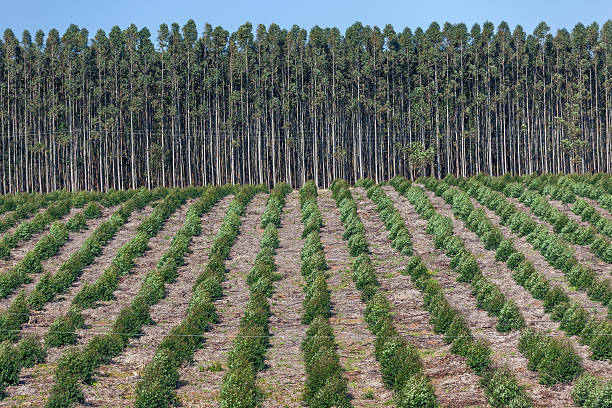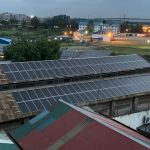The old adage that money does not grow in trees is in the contemporary world devalued, noting the numerous opportunities that trees offer for income generation. Globally, commercial forestry and investment in different stages of the forests value chain has proved to be a reliable source of income that can not only be exploited in the modern world, but also one that will offer opportunities to future generations.
While forests still maintain the traditionally known impacts of rain harvesting, providing food, cleaning the ecosystem and acting as natural habitats for beneficial species of living organisms, there is a lot of potential that entrepreneurs can tap into.
The World Wide Fund (WWF) for Nature estimates that more than one billion people live within the precincts of forests and depend on trees for their livelihoods in terms of fuel, food and medicinal products. Basically everyone in the world depends on wood either directly or indirectly.
Paradoxically, human beings have exploited forests so rampantly that more than 40% of the forests in the world have been depleted. WWF estimates that every single second a forest area the size of a football field is destroyed. Based on this underpinning, opportunities exist in the development, conservation, rehabilitation and recovery of forests as well as harvesting of forest products, processing them and marketing of the same.
The recent launch of the Green Economy Youth Activation Programme (GrEYAP) by the United Nations Development Programme and Kenya Climate Innovation Center that seeks to strengthen youth led businesses in forestry and agroforestry sectors by building their capacity in establishing and running sustainable business enterprises is an initiative that could go a long way into assisting generations tap into the opportunities within the forest sector.
This includes the sustainable growth of private commercial forestry activity and exploiting opportunities such as those recommended by the Kenya Forestry Research Institute including trees seed production, distribution and trade, forest product processing, value addition and technologies, bamboo production, processing and utilization, regional trade for key products, investment and financing models for forestry sector and capacity building.
Read also:How companies are supporting sustainability across the globe
The government should also step and create an enabling environment that recognises commercial forestry as a venture that holds the potential to alleviate poverty, improve livelihoods and mitigate the effects of climate change. The society also needs champions like UNDP and KCIC who have vast knowledge that can be proliferated to potential investors with a laser-focussed strategy of how to implement this knowledge.
A redacted version of this article was first published in The Standard Newspaper in Kenya by Solomon



